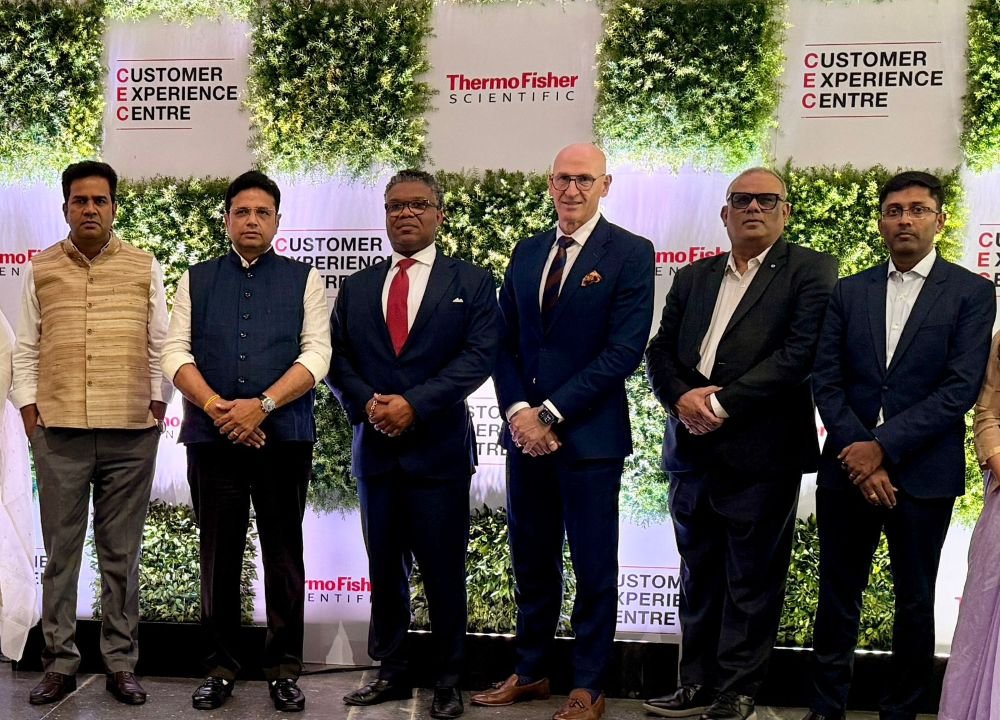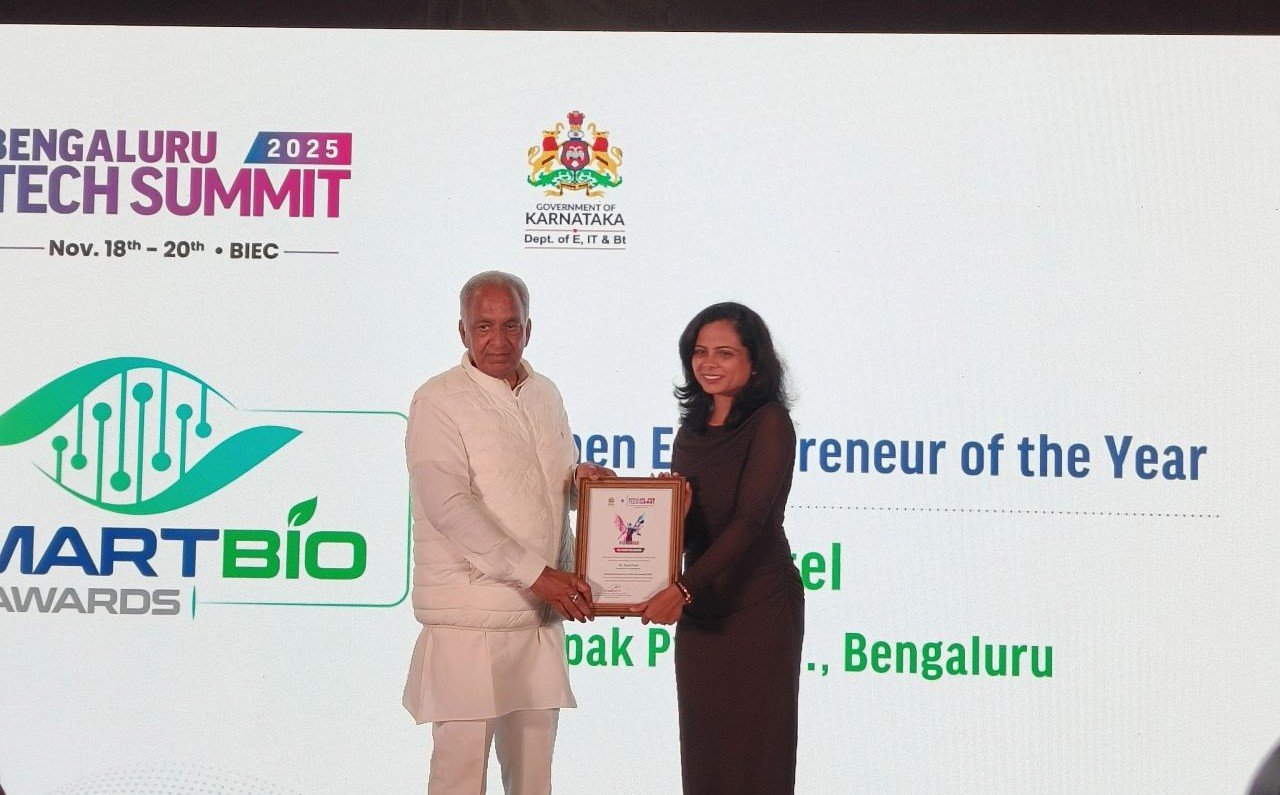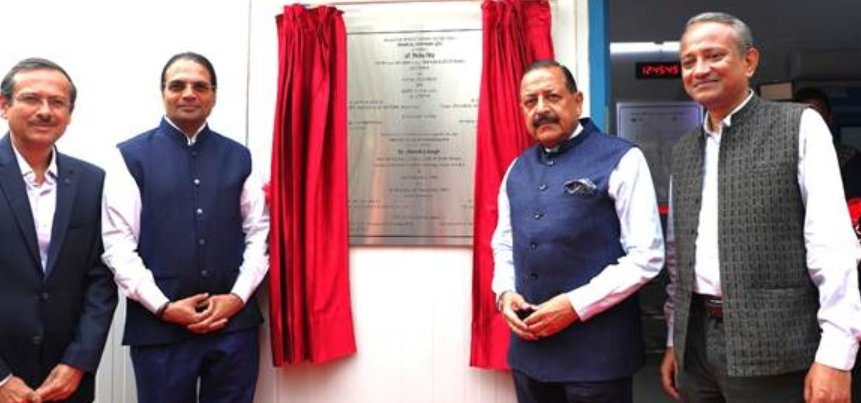Takeda gets ready to set up base in India
December 09, 2010 | Thursday | News
Takeda's entry into India gives an
opportunity to market some of its best known brands in India; and also
benefit from the low cost of manufacturing medicines for its global
markets
In mid 2008, Daiichi-Sankyo, the third largest pharmaceutical
company in Japan, took the acquisition approach to enter India; by
acquiring a 52.5 percent stake in India's largest pharmaceutical
company, Ranbaxy for a whooping

21,000 crore($4.6 billion). However, Astellas, the second largest pharmaceutical company
in Japan, adopted a different model for the Indian market. It opened its subsidiary and
marketing operations in India by end 2008. Finally, at the beginning of
2010, Eisai, the fourth largest Japanese pharmaceutical company,
started operations in India; by setting up an API plant and knowledge
center at an investment of 230 crore ($50 million)
Takeda Pharmaceutical, Japan's largest pharmaceutical company with
sales revenue of about

72,500
crore ($15.76 bn) for the year ending March 31, 2010 announced its short-
and long term plan for the Indian market growing at
double-digits, in October this year. With this announcement, Takeda
became the fourth Japanese company to enter the Indian market after
Daiichi-Sankyo, Astellas and Eisai, in less than two-and-a-half years.
Takeda will establish its legal entity in Mumbai by January 2011, to
support its various strategies.
Takeda Pharmaceutical, a research-based global pharmaceutical company,
and one of the Top 20 pharmaceutical companies in the world, is looking
for business expansion in a variety of functions such as sales and
marketing, research, development, chemistry, manufacturing and control
(CMC), manufacturing and IT. The factors that made Takeda look at India
as a market include growth of the pharmaceutical industry and a
4.7 percent drop in net sales of Takeda (in local currency-Yen).
Takeda already had a presence in India through licensing agreements
with a couple of firms. Hisashi Tokinoya, Takeda spokesman says, “At
present, we have licensing agreements for Dasen and Lupron with GSK
group companies Biddle Sawyer and Abbott, respectively. We supply both
products in bulk in India.�
Sharing Takeda's investment plans to fulfill its short and long term
goals, Tokinoya says, “Sales and contribution to profits will differ
depending on the terms and conditions of partnership with local
companies. We will be in a better position to answer this, once
negotiations have progressed further, but we intend to invest about

23
crore ($5 mn) in local businesses, over the next five years.�
The new entity is expected to ensure immediate access to updated
information on the Indian market and environment surrounding it -
including laws and regulations - promoting alliances with local
companies; and also outsourcing processes of various functional areas.
“The company will not have marketing and manufacturing functions; and
we will keep things small-scale for the time being,� observes Tokinoya.
Not surprised with Takeda's plan for India, analysts tracking the
Indian pharmaceutical industry, state that this will enhance the
confidence level of the Indian pharmaceutical industry in particular,
and the players at large.
Strategy for success
Takeda, a research-based company with a strong portfolio of products in
Japan and USA, has R&D facilities in Japan, USA, UK, and Singapore
besides production plants in Indonesia, China, Ireland, Italy and Osaka.
Though Takeda has a strong presence in innovative pharmaceutical market
globally; journey for the company is not smooth in Indian generics
pharmaceutical market. India is a market unique in its
characterizations. It will be crucial for Takeda to understand the
Indian market for any of its segments; and then implement its growth
plans for the country. Better understanding and flexibility to mould
into the Indian business atmosphere will ensure faster business success
for Takeda.
India is primarily a branded generics market, with growing awareness of
innovator products. To achieve its objective, Dipta Chaudhury, program
manager (South Asia & Middle East), Pharma & Biotech Practice,
Frost & Sullivan says, “Takeda needs to look at three factors for
its growth in India:
♦
balanced product basket that will give them a good return on
their investment. This may imply having innovative products that have
very low competition, thereby ensuring immediate lift in the market; a
good reach via distribution, to ensure access to the products in the
market;
♦ physician reach and education, to ensure that relevant prescriptions
take place.�
Sharing his thoughts, Prashant Sharma, lead analyst (Company &
Market Intelligence), Datamonitor India says, “Takeda may initially
consider the manufacturing segment of the business in India. India is a
natural choice, since it has the largest number of the US FDA-approved
manufacturing plants outside the US. With price revisions happening
every four years in Japan, Takeda and other Japanese pharmaceutical
manufacturers are under pressure to cut manufacturing costs, to sustain
their sales and profit growth.�
For instance, Daiichi Sankyo, Takeda's rival, recorded a net profit of

2300
crore
($500
mn)
in
FY2010;
a
huge
increase
from
the
previous
year's
net loss of about

115800
crore ($2,571 mn). Daiichi's impressive bottom-line result was mainly due to a
strong performance of its Indian generic drug subsidiary Ranbaxy Laboratories; and on
reducing costs. Takeda has announced that it is not interested in the
Indian generic pharmaceutical market; it may strike deals ranging from
outsourcing to contract manufacturing; marketing and sales deals with
major pharmaceutical players that have a Pan-India distribution network
- to penetrate into the Indian ethical pharmaceutical market.
Commenting on the immediate strategy of Takeda for India, Tokinoya
says, “ We believe it is necessary to collaborate with local businesses
to establish a presence in India as soon as possible. We plan to
consider all possible options. Initiatives such as licensing,
comprehensive alliance and acquisitions, could be one of the effective
measures. We will endeavor to achieve concrete outcomes from this plan,
within the duration of the current Mid-Range Plan (FY2010-12).
The company, to be successful, needs to understand the local market
thoroughly. It this case, Dipta Chaudhury believes, “Local alliances
will be crucial for a new company in India, especially because of
India's diverse and distinct business environ. While acquisitions will
make the company have an independent and profitable balance sheet for
the company, it may not help Takeda in completely understanding the
business methodology in the country.� She further says, “An alliance
will be beneficial for Takeda in educating them about the market; while
also giving them time to formulate their own plans around the nature of
Indian business. However, it will depend on the company and their exact
strategy for the India market, to select the best partnership model.
For R&D, an acquisition can be beneficial; while for marketing
their products, an alliance with a leading domestic pharmaceutical
company is expected to yield faster dividends.�
It makes strategic sense for Takeda to consider multiple options as
part of its India entry strategy. A variety of established arrangements
such as licensing/marketing agreements, co-development, joint-ventures
or mergers and acquisitions (M&As) is likely to be considered.
Collaborative research is also another possibility.
Indian companies with good R&D infrastructure, CRAMS facility and
relatively well integrated businesses - will be a good strategic fit
for Takeda. In the past, the company was under discussion with few
players like Torrent. Takeda may look out for acquiring Indian
companies that have strong presence in its core therapeutic areas such
as metabolic, cardiovascular, oncology and central nervous system.
Panacea Biotech, Jubilant Organosys, Alkem, Piramal Healthcare (CRAMS
Business) are some of the companies that operate in similar space.
To tread a successful path in India, Takeda will have to look at
multiple variables. Prashant Sharma, says, “We believe the biggest of
this could be its ability to smartly utilize low cost manufacturing
practices; that also might depend on its ability to strike a deal, by
outsourcing its blockbuster drugs manufacturing to key Indian Contract
Research and Manufacturing Services (CRAMS) player. The company is
already facing sales and profit decline from four of its blockbuster
medications - Actos, Takepron, Blopress and Lupron - that constitute 80
percent of prescription pharmaceutical sales in 2009. Datamonitor
estimates Takeda's operating profits to fall from

20,700
crore ($4.5 bn) in 2009 to

14,200
crore ($3.1 billion) by 2015, with an 8.4 percent drop in its operating profit margin.�
Takeda's entry into India gives the company an opportunity to market
some of its best known brands in India; and also benefit from the low
cost of manufacturing medicines for its global markets. Sharma observes
that, being an innovation (non-generic or branded pharmaceutical)-based
company, its ability to transfer a large part of development risks to
India will also determine its success. The company will need to look at
transferring the multi-year clinical trial processes for its drugs to
India; and will also need to identify the right alliance partner in
India. Takeda needs to spend significant time and resources, to be
successful in India, in the next five years.
Narayan Kulkarni in Bangalore
(
Inputs: Nayantara Som in
Mumbai)










